Tasmanian Tiger Being Brought Back From Extinction
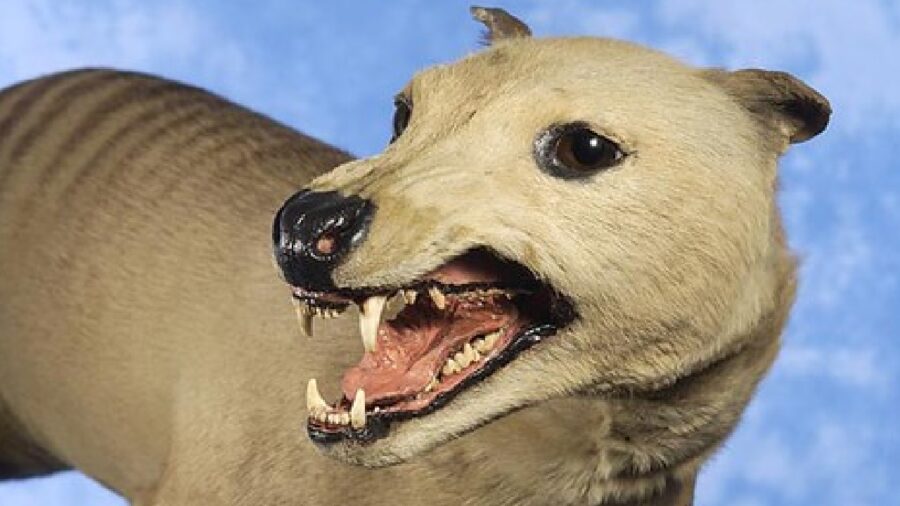
Given current scientific advancements in the field of medicine and bioengineering, it’s only a matter of time before the premise of 1993’s Jurassic Park becomes a reality. Well, it seems we’re one step closer to that happening because scientists are now discussing bringing the Tasmanian tiger (Thylacine) back from extinction. Not a bad starting point.
CRIPSR
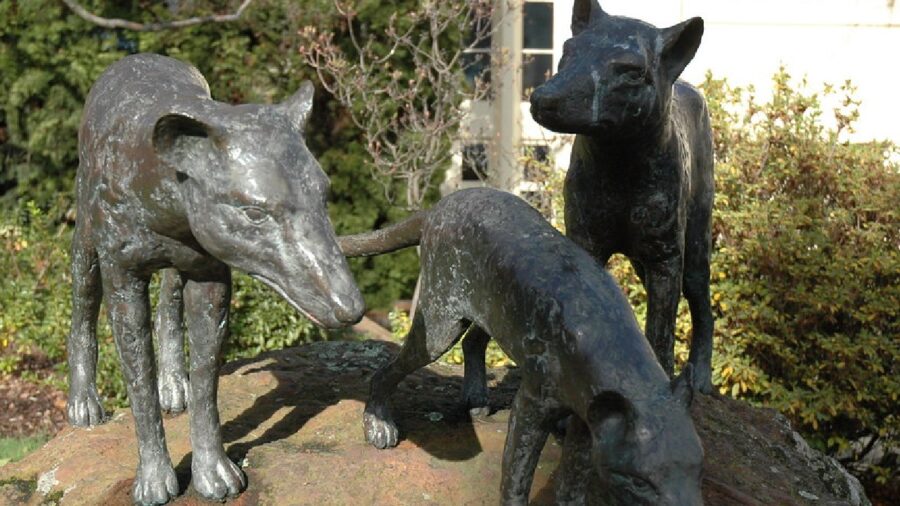
Admittedly, using cutting-edge technologies to correct historical wrongdoings against nature sounds a bit like a premise of a Star Trek episode, but it’s the future we welcome with open arms. The project, dubbed Thylacine Integrated Genetic Restoration Research (TIGRR), is a collaboration between companies, educational institutions, and investors. TIGRR will use CRISPR—a revolutionary gene-editing tool that lead to the winning of a Nobel Prize in Chemistry for its developers in 2020—to bring the Tasmanian tiger back from extinction.
A Massive Amount Of Resources
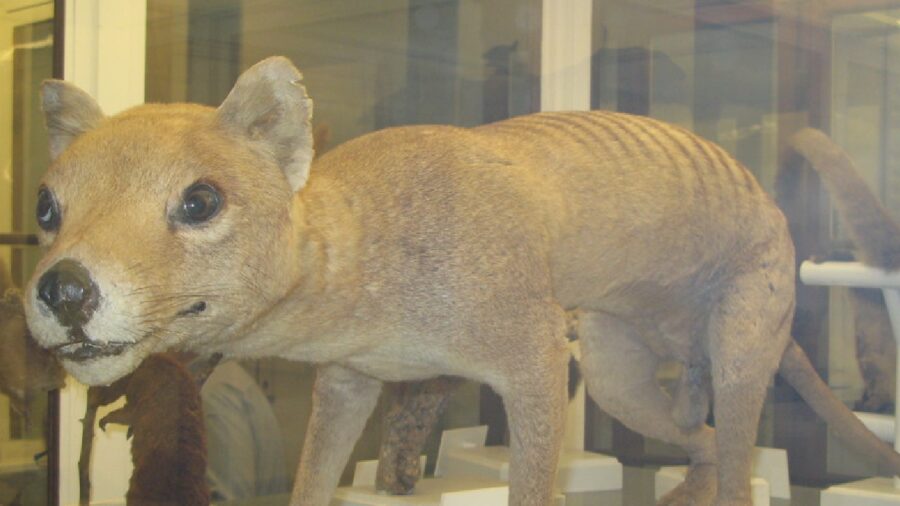
Colossal Biosciences, a tech company known for its pioneering work in de-extinction, is also working to bring back the woolly mammoth and the Dodo. Colossal is lending its support to Professor Andrew Pask from the University of Melbourne. Of course, such projects require massive funding, and notable investors, such as billionaire Thomas Tull and the Hemsworth brothers, who are providing the financial backing necessary to resurrect the Tasmanian Tiger.
The mission parameters are quite clear, but as you might imagine, bringing the extinct animal back isn’t going to happen overnight.
The Process
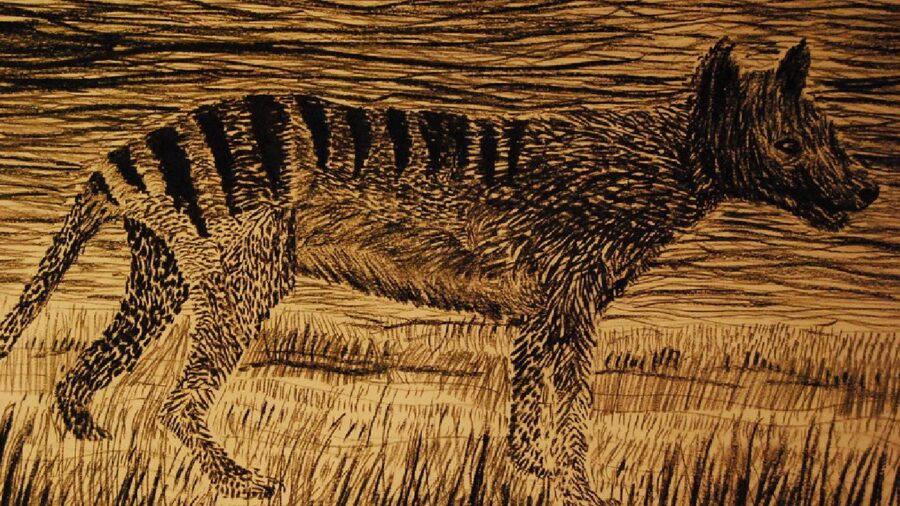
The process of bringing back the Tasmanian tiger is quite complex, as it involves sequencing the genome of its closest living relative, the Dunnart mouse, which is 99,900 percent smaller than the Tasmanian tiger. After that, the scientists would have to edit its genes to mirror those of the Tasmanian tiger, derive the stem cells, and develop the reproductive technologies for the eventual use of a surrogate host species for the gestation and birth of the long-lost Tasmanian tiger.
The Tasmanian Tiger
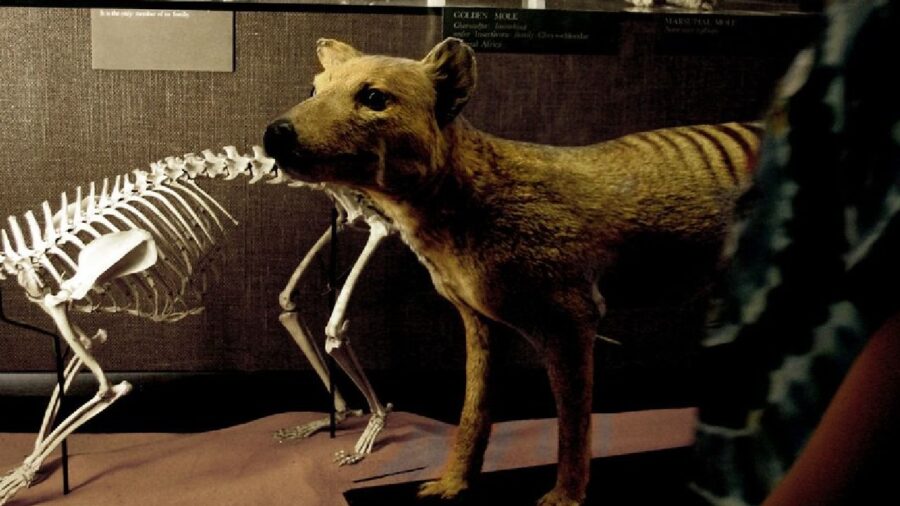
The Tasmanian tiger was a marsupial predator that roamed the forests and plains of Australia, Tasmania, and New Guinea. It was declared extinct in the 20th century, primarily from to excessive hunting and habitat destruction.
TIGRR’s Potential
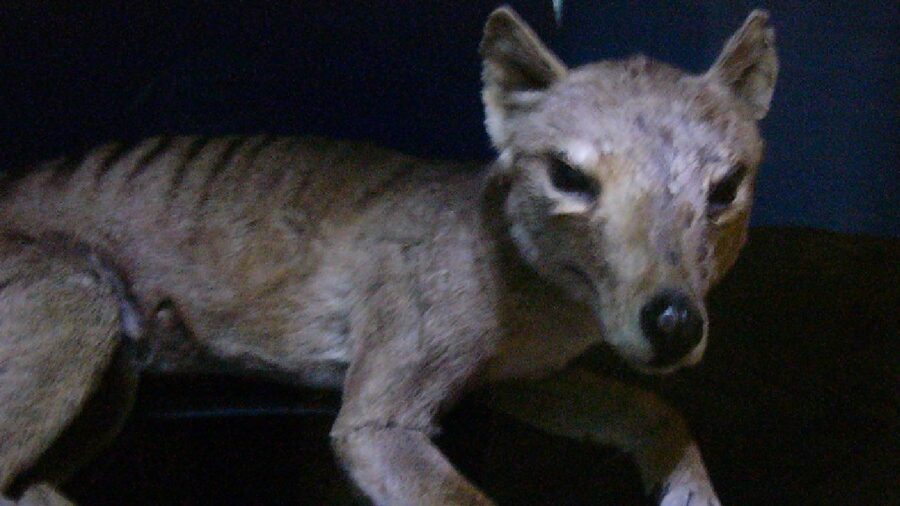
The resurrection of the Tasmanian Tiger isn’t the end of the project’s potential. If successful, TIGRR could be used for advancing the conservation efforts of endangered species and restoring the ecological balance, especially since Colossal Biosciences and its partners are committed to sharing their technological advancements with various conservation groups and governments.
Concerns About TIGRR

Of course, any scientific efforts to bring back dead species aren’t without ethical concerns and quandaries, especially when it comes to introducing an extinct species back into a modern ecosystem. There are also questions associated with the potential unforeseen consequences of genetic editing (movies have taught us that nature rewards tampering with a zombie apocalypse) and prioritizing bringing back the dead species, like the Tasmanian tiger, over helping the living but endangered species, like the rhinoceroses, elephants, and whales.
Source: Forbes












